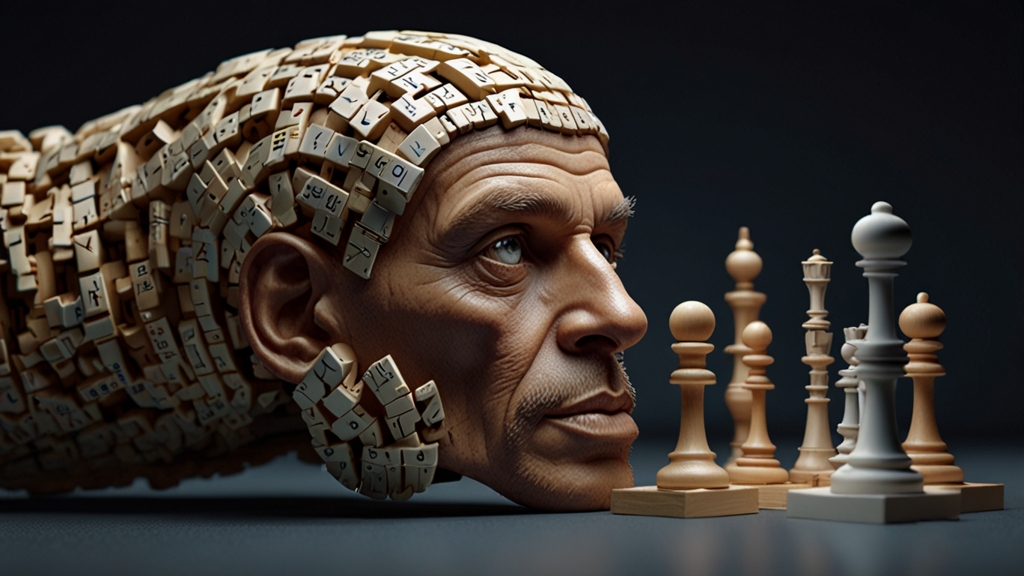Crucifixion: The Forgotten Victims of an Inhumane Practice
Crucifixion is often a term associated with the execution of Jesus Christ, but this brutal method of capital punishment has a far-reaching history and a multitude of victims. Crucifixion was widely practiced by ancient civilizations such as the Persians, Carthaginians, and Romans, and it was designed to be a public spectacle that served as a severe deterrent against crimes and rebellion. However, beyond its theological and historical facets lies an important question: Who were the other victims of this excruciating form of death, and why have their stories remained largely untold?
Historical Context
Initially employed by the Persians around 519 B.C., crucifixion became more systematized with the rise of the Roman Empire. It was specifically chosen for its heinous nature, aiming to inflict maximum pain and humiliation. Prisoners of war, slaves, rebels, and criminals were common victims, often left to die slowly from asphyxiation, dehydration, and exposure, their bodies displayed prominently to serve as a macabre warning.
"Crucifixion was intended to provide a particularly cruel and torturous death. The condemned would hang from the cross for hours to days, enduring unspeakable pain and a progressively worsening agony. The crucifixion site would become a breeding ground for flies, and the scent of death would permeate the air, ensuring that the terror of crucifixion remained fresh in the people's minds."
Romans and Their Victims
The Roman Empire was instrumental in perfecting the art of crucifixion, using it extensively for punitive measures. While Jesus Christ remains the most famous victim, tens of thousands of others met a similar fate. Jewish rebels, captured during uprisings, were often crucified en masse. A stark example lies in the aftermath of the Spartacus Revolt (73-71 B.C.), where around 6,000 slaves were crucified along the Appian Way, a chilling display of Rome's unyielding power.
The Overlooked Stories
One of the most tragic aspects of crucifixion is how the stories of many victims have faded into obscurity. Each crucified individual had a life, loved ones, and dreams that were brutally cut short. The historical records, however, rarely delve into these personal stories, focusing more on the political and social implications.
Social and Moral Implications
The use of crucifixion raises pressing ethical questions about humanity's capacity for cruelty. This form of execution not only physically mutilated the bodies of its victims but also aimed to destroy their dignity. The scars left behind by such practices echo through time, compelling us to reflect on the limitations of 'civilization' and how societies justify acts of barbarism.
"The very essence of crucifixion was to dehumanize its victims. By making death a public spectacle, it reduced individuals to mere objects of scorn and terror, stripping away all aspects of their identity and humanity in the process."
Modern Awareness
While today's society may not employ crucifixion as a method of punishment, the underlying elements of public shaming and extreme punitive measures can still be observed. Human rights organizations around the world emphasize the importance of remembering the suffering that crucifixion victims endured. Not merely as a historical curiosity, but as a somber reminder of the need to safeguard humanity and dignity.
Conclusion
Crucifixion may be an ancient practice, but its impact lingers in our collective consciousness. The stories of its forgotten victims serve as powerful reminders of the consequences of unchecked cruelty. As we uncover these narratives, we not only honor their memory but also fortify our moral resolve against similar practices in the present and future. In remembering these forgotten souls, we confront the darker aspects of human history and commit to a world where such inhumane practices never find a place again.





